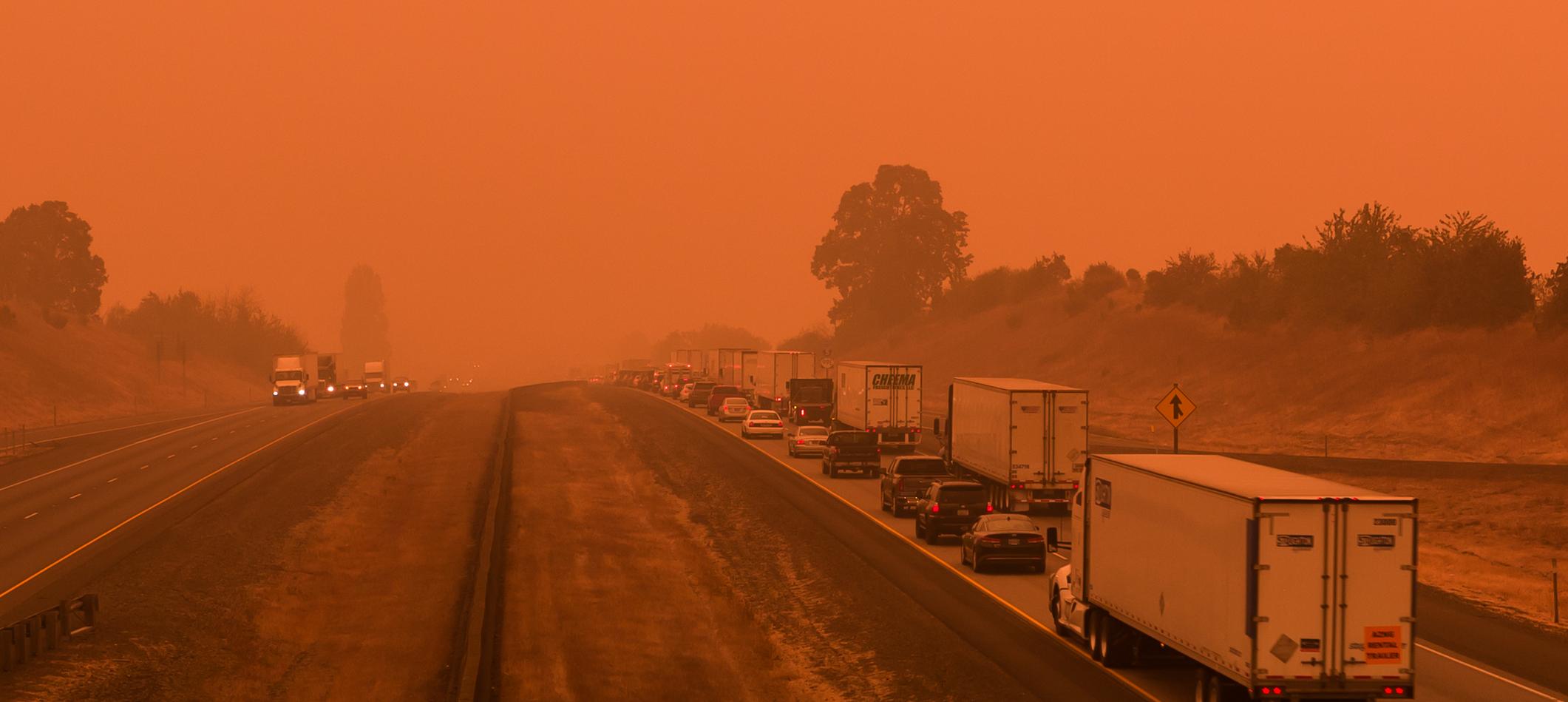-
https://climateinstitute.bmo.com/static/images/clock-icon.svg
5 Minute Read
-
Listen
-
Stop
-
Text Bigger | Smaller
Canada is committed to achieving net-zero emissions by 2050,1 and finding ways to expand and monetize the compliance and voluntary credit markets will play a large part in achieving the goal. Making large-scale deployment of carbon capture technologies economic will be critical to that effort, given their potential to lower carbon emissions at some of the largest emitters.
Carbon capture technologies represent one of the best near-term opportunities to reduce C02 emissions. Still, the current challenge is their cost can make it difficult for entities to develop them independently.
That was one of the key takeaways from our Sustainability Leaders podcast recording, hosted by Michael Torrance, Chief Sustainability Officer of BMO Financial Group, and featuring BMO Radicle experts: Cooper Robinson, Director, Innovation Lead, Global Markets, and April Hillier, Director, Carbon Capture & Sequestration and Industrial Innovation.
As BMO Radicle’s Cooper Robinson explained, for Canada to keep pace with the reductions needed to meet its climate commitments, it means embracing technologies like Carbon Capture and Storage (CCS) and Carbon Capture, Utilization and Storage (CCUS).
Listen to our ~25-minute episode
Sustainability Leaders podcast is live on all major channels including Apple, Google and Spotify.
The Power of CCS and CCUS
CCS refers to the process of capturing post-combustion gas from an emission stack, for example, isolating the carbon dioxide in the waste stream and then injecting it into a deep saline aquifer in the ground for permanent storage. CCUS adds another layer to this process by using this carbon dioxide in another product, like cement, to mineralize it as a way to store it. “The key to understanding CCUS is that the CO2 that has been captured has to be permanently fixed so that it cannot be released into the atmosphere again,” said Robinson.
“Our friends at the International Emissions Trading Association and the Center for Global Sustainability have done a lot of modeling and research in this area. Their statistics suggest that emissions trading could unlock cost reductions in achieving our targets to the order of US$250 billion per year in 2030,” noted Robinson. “If those cost savings are reinvested, mitigation could be more than doubled.”
Steps in the Right Direction
Encouraging the country’s biggest emitters to participate in decarbonization projects is the other key piece of the puzzle. On the state of the voluntary market, BMO Radicle’s April Hillier explained the demand for removal credits is highly sought after, in part because there is a low supply of them in the market.
While the demand for the voluntary credits created by carbon capture technologies is there, the funding to undertake these projects needs to catch up. “Whether these are offset opportunities or fuel credits, you need some incentive to help these projects go forward,” Hillier said. “The pathways that are available to them for monetization are actually quite limited now.”
Fortunately, there are more roads to monetization in the works, and by the end of 2024, Hillier predicts we should see roughly three more registries with emission offset pathways approved for CCS and CCUS projects. Canada also offers an investment tax credit (ITC) for CCS projects, and the Canada Growth Fund (CGF) has been announced as an organization that can help build confidence in the market.
“There’s quite a bit of detail in both the ITC and the CGF that have yet to be disclosed, but I think they are very much steps in the right direction to help accelerate the advancement of these projects in Canada,” Hillier said.
The U.S. is also looking to develop its own CCS projects, noted Hillier, pointing to the 45Q tax benefit, a tax credit for CO2 storage, which is helping companies move from the concept phase into bankable projects.
Getting CCS Projects off the Ground
One aspect of CCS projects that can’t be overlooked is that they require a high price in the carbon market today and a guarantee that price can be sustained over time given the size of the investment and the time involved. “That’s where that interplay between incentives can come in,” said Hillier. “We need a solution for that long-term price level of that underlying carbon offset or carbon credit.”
Normally, the crediting period is about eight years, but given the long life of CCS and CCUS projects, Alberta is offering up to a 25-year crediting period once the project is registered. “The crediting agencies recognize that these are unique projects that require some long-term certainty, so they’re getting a benefit of a longer crediting period to help address some of those challenges,” said Hillier.
There is value to be found in getting a CCS project off the ground and unlocking the somewhat complex process. “It takes a village to get one of these things from concept to monetized credits and CO2 permanently stored in the ground,” Hillier noted. Even in Alberta, despite the robust ecosystem for these technologies, few individual entities have the resources to carry a project of this scale forward on their own, she said.
“I would encourage folks to reach out to their networks and build their team with the right people to get one of these things over the finish line.”
Improving our track record will require a concerted effort to make it easier for the country’s biggest emitters to embrace new technologies that will help them remove and store carbon emissions as quickly and cost-effectively as possible.
“To meet the climate change goals, we need extremely large quantities of reductions,” said Robinson.
1. Net-Zero Emissions by 2050, Government of Canada
Featured Publications

Many corporate leaders in Canada and the U.S. have been creating climate mitigation plans to addres…

It might seem obvious to say that the energy transition will require a lot of innovation to happen.…

In the latest episode of Sustainability Leaders, I sit down to discuss growing water-related busine…





